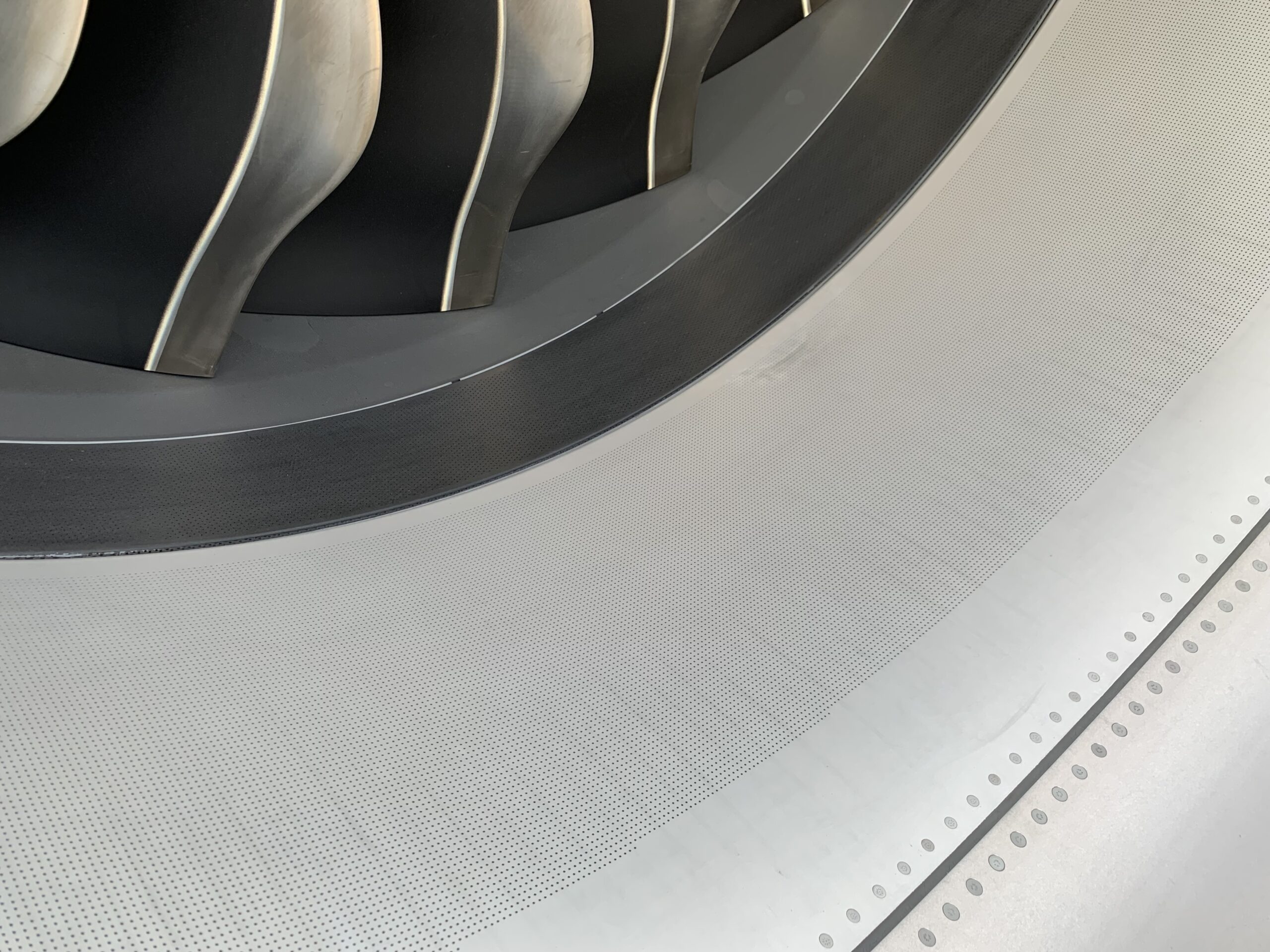
IMG 0186 scaled
The FAA has formally issued a new Airworthiness Directive (AD) for the Boeing MAX today, that requires operators to limit the use of the engine anti-ice (EAI) system in certain conditions. Boeing needs to redesign the system, which is incorporated in the nacelle of the CFM LEAP-1B. News about the upcoming AD was revealed earlier this week by Associated Press.
While initially flagged as a final ruling by the regulator, the FAA says today that the AD will become effective on August 25 and is open for comments until September 25. The document is dated July 31.
The FAA was notified by Boeing in June that during tests of a MAX, use of the engine anti-ice system in dry air for more than five minutes and in certain combinations of altitude, total air temperature, and N1 engine settings “can result in engine inlet cowl temperatures exceeding design limits when not in visible moisture. Excessive heat buildup can cause overheat of the engine inlet inner barrel beyond the material design limit, resulting in failure of the engine inlet inner barrel and severe engine inlet cowl damage,” the AD says.
Boeing and the FAA are not aware of any engine inlet inner barrel failures, but the regulator qualifies the potential problem as an unsafe condition that justifies issuing the AD. “This condition as previously described, if not addressed, could result in departure of the inlet and potential fan cowl failure and departure from the airplane. The departure of the inlet may cause fuselage and/or window damage, potentially resulting in decompression and hazard to window-seated passengers aft of the wing and/or impact damage to the wing, flight control surfaces, and/or empennage, which could result in loss of control of the airplane.”
“Inlet loss also causes significantly increased aerodynamic drag and asymmetric lift due to wing blanking, which risks fuel exhaustion on certain flights, resulting in a forced off-airport landing and injury to passengers,” the AD continues.
An inlet loss happened in 2018 on a Southwest Airlines Boeing 737-700 powered by CFM56 engines. In this incident, a passenger was fatally injured when parts of the engine cowling smashed the window and entered the cabin.
Amended Airplane Flight Manual
Following the latest AD, the Airplane Flight Manual has been amended to include the limit of use of engine anti-ice in certain conditions. “This AD also requires revising the operator’s existing minimum equipment list (MEL) to prohibit dispatch under Master Minimum Equipment List (MMEL) Item 30–21–01B (EAI valve locked open). Further analysis of this item is necessary to determine whether continued use will cause failure of the engine inlet inner barrel.”
The AD covers some 402 MAX aircraft in service with US operators, the FAA says, but this will increase when the directive has been adopted by other regulators. The issue is unrelated to previous problems with the MAX.
The FAA notes that the AD is an interim action: “The manufacturer is currently developing a modification that will address the unsafe condition identified in this AD. Once this modification is developed, approved, and available, the FAA might consider additional rulemaking.” The engine nacelle is produced by Boeing in North Charleston.
Views: 32



